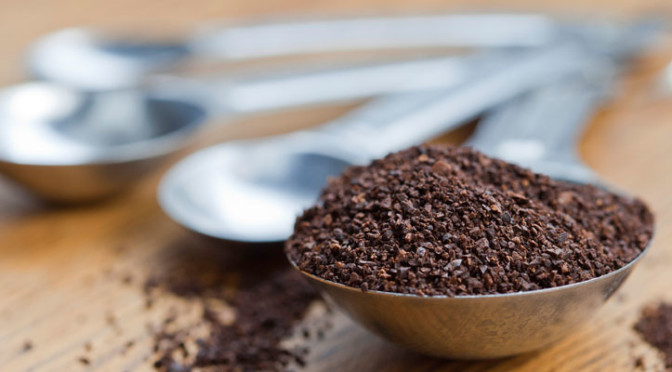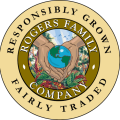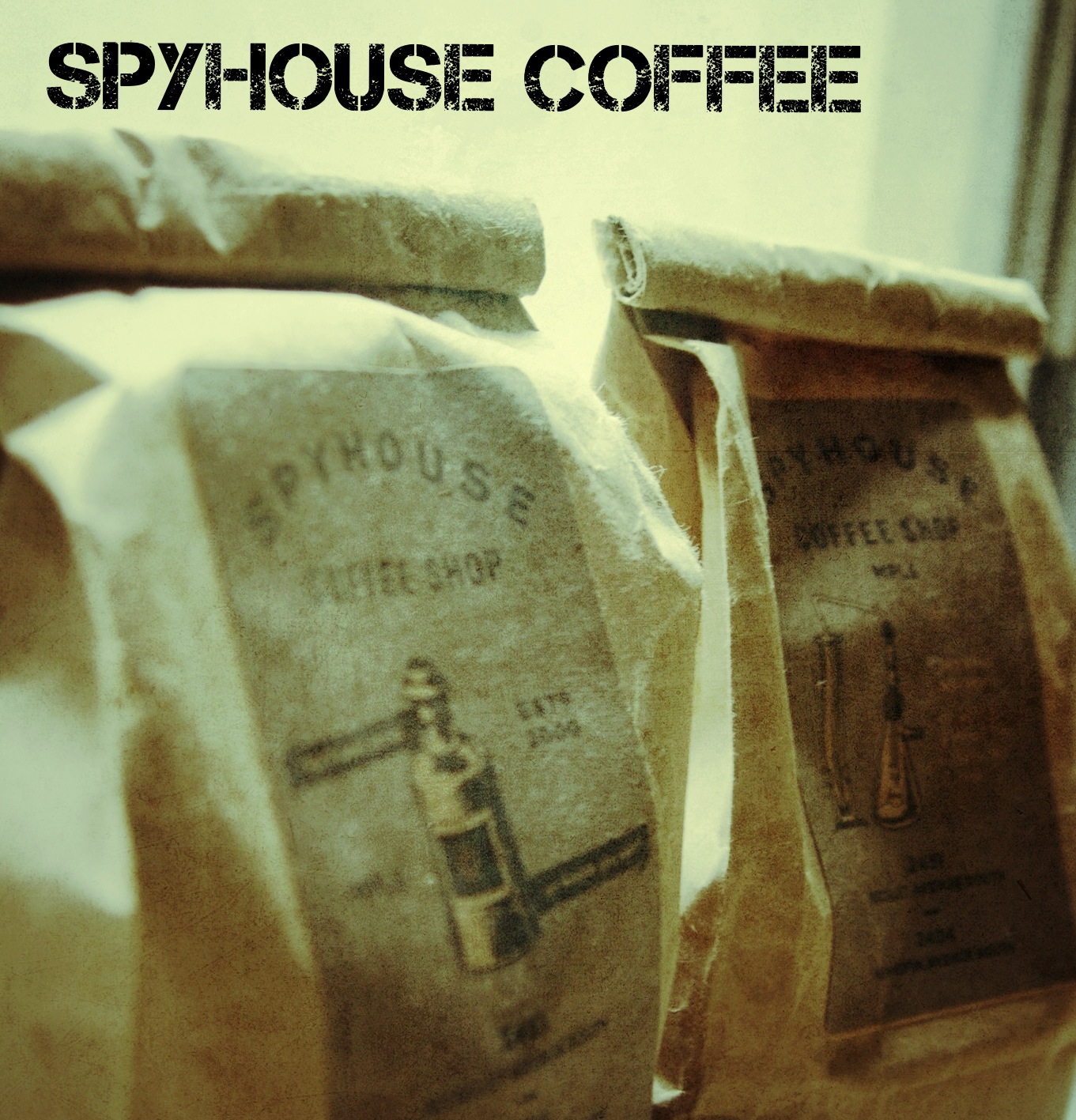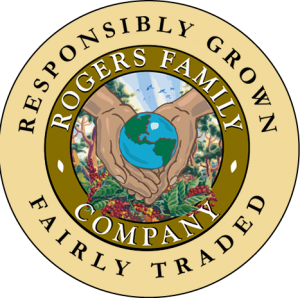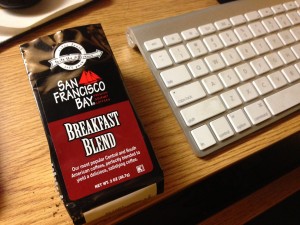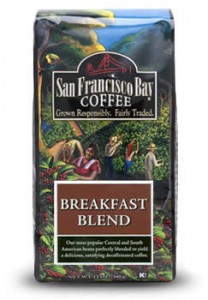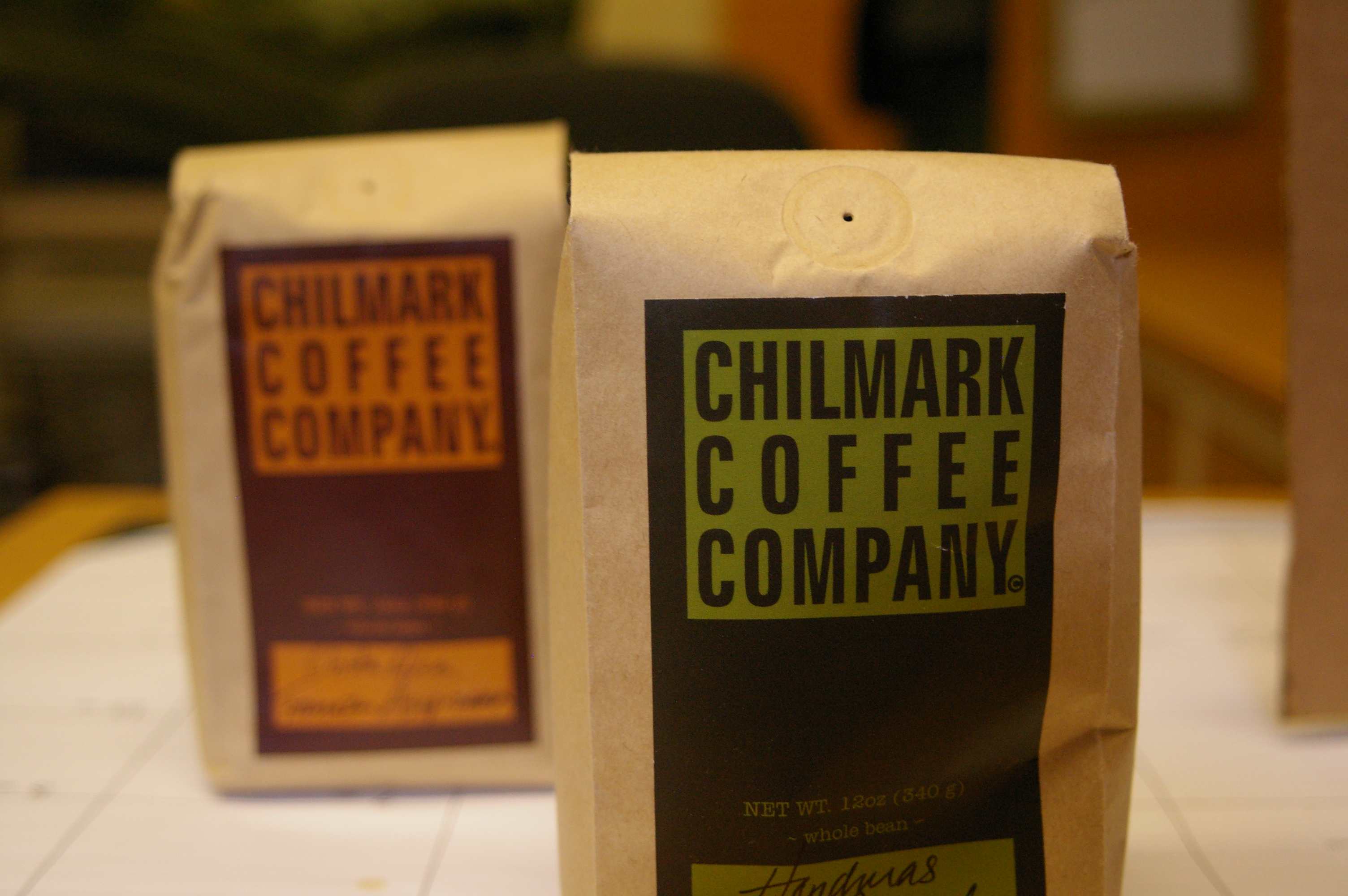 Puroast Coffee is clear about their claim to fame: coffee with lower acidity than typical roasts. 70% less acid, to be exact. When I first read about this statistic I was skeptical – but they have the research to back it up.
Puroast Coffee is clear about their claim to fame: coffee with lower acidity than typical roasts. 70% less acid, to be exact. When I first read about this statistic I was skeptical – but they have the research to back it up.
From their website:
The Puroast roasting process involves no extraction or chemical treatment of our beans in any way.
All other “Low Acid” coffee products are coffee substitutes, neutralize acid with chemical additives or decaffeinated style extractions.
Puroasts’ rich gourmet taste is derived from its unique, proprietary roasting technology which does not alter the bean in any way.
No other “Low Acid” coffee company has done as much research with consumers and the bean. We continue to strive to provide not only an incredible tasting coffee, but one with health attributes that every consumer can benefit from.
Their claims are backed by Dr. Taka Shibamoto from UC Davis – a “coffee research chemist” who ended up using the findings from Puroast’s unique coffee to write a research paper. While I couldn’t find the actual paper, the summary to his findings were available in this PDF from Puroast’s website.
Not only is Puroast coffee less acidic, but it “has more than 7 times the antioxidants found in green tea and on average, more than 5 times that of the other coffees tested” as reported by Nasdaq’s GlobeNewswire. This is a fairly unprecedented finding, and while Puroast doesn’t openly disclose the roasting method that achieves these results, they do say that they spent some time coming up with it. Their full story is worth a read, as long as you can get past Comic Sans as their main font choice.
Puroast reached out to me to do a review for them. I’ll take their health-benefit claims at face value – I have no reason not to believe Dr. Shibamoto’s findings, and the folks at Puroast seem honest. With that in mind, I approached this review with one main question in mind: is their coffee good? Their slow roasting technique and small, dedicated beginnings echo many stories I’ve heard from other specialty coffee shops. So do they fit the bill?
Puroast sent me their signature “Low Acid House Blend” which, according to them, is perfect for all day, every day drinking.
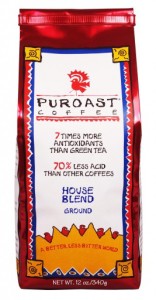 The first thing that I noticed was not a positive. Puroast sent me pre-ground coffee as opposed to whole bean. Perhaps this was a simple oversight, but I couldn’t find the roasting date anywhere on the bag. As you may or may not know, pre-ground coffee has a very short shelf-life before it starts going stale; pre-ground coffee begins losing the flavors that make the coffee unique in about three days. Due to mail delay and how soon I was able to brew their coffee, it’s likely that the product I tasted was already stale.
The first thing that I noticed was not a positive. Puroast sent me pre-ground coffee as opposed to whole bean. Perhaps this was a simple oversight, but I couldn’t find the roasting date anywhere on the bag. As you may or may not know, pre-ground coffee has a very short shelf-life before it starts going stale; pre-ground coffee begins losing the flavors that make the coffee unique in about three days. Due to mail delay and how soon I was able to brew their coffee, it’s likely that the product I tasted was already stale.
The other huge concern with pre-ground coffee is that, besides visually looking at the coffee, I had no way of knowing what type of brew method the coffee was intended for. It was clearly close to a medium grind, but the bag was void of any specifics as to the actual grind size or recommended brewing technique.
Sending a batch of pre-ground coffee was at best an oversight, and at worst a sign of ignorance to coffee shelf life. Because Puroast seems like a group of well-seasoned coffee professionals, I’ll choose to believe the former.
As for brewing, I used my Hario v60 with a coffee:water ratio of 28g:415g. I went with a 50g bloom for 30 seconds. The total brew time was about 3:00. Before tasting, my main clue as to the staleness of the coffee was that it didn’t bloom. At all. The water basically drained straight through the grounds – never a good sign. This was probably a result of the grind size as well.
When I’ve tasted stale coffee in the past, it’s been extremely bitter. I was pleasantly surprised to find that this was not the case with Puroast’s house blend. While this was a positive, the taste itself was not.
I can’t in good faith recommend Puroast coffee. In the sample that I was given, nothing unique stood out save for the lack of acidity. On that, they kept their promise.
What I will say is this: if you are someone who has a sensitive stomach towards anything acidic, by all means give Puroast a try. But in my experience, acidity is not a bad thing. Many of the best coffees I’ve had the pleasure of trying have been incredibly acidic. Acidic notes in coffee are closely tied to the “bright” taste that sets many specialty coffees apart from Starbucks, or commodity coffee.
Puroast fills a niche for everyday coffee drinkers that have a sensitivity towards acidic coffees. From what I was given, however, Puroast does not make great coffee, especially when compared to the fantastic specialty coffees that I can get from my local roaster.
The Coffee Guy
You can buy Puroast’s coffee here.
